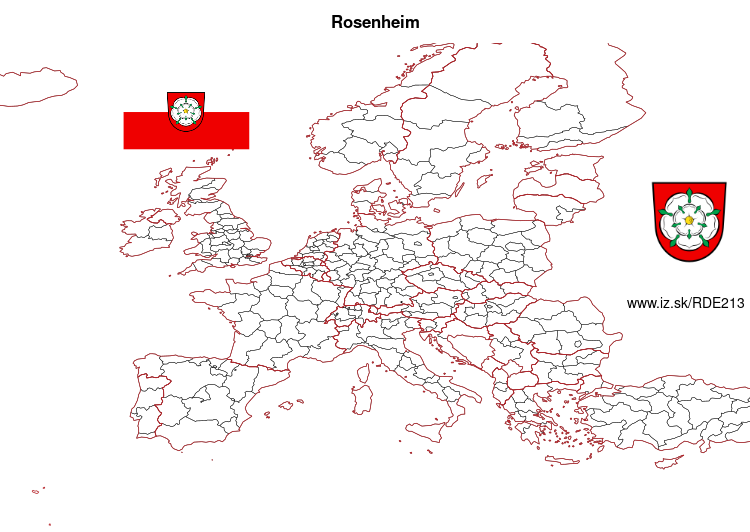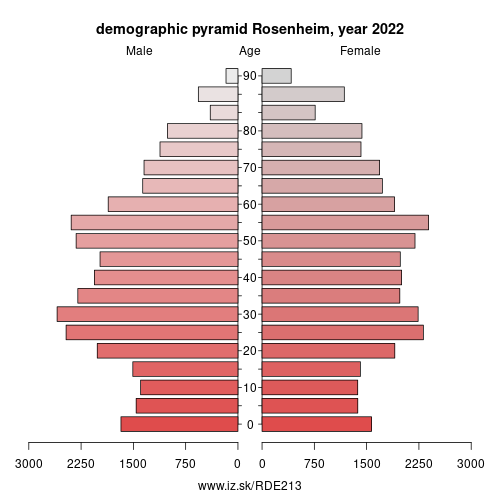- About us»
- Net income calculator»
- Population aging»
-
- Least developed regions»
-
- Average wage
- Material need benefits
- Meal allowance
- Counties of Slovakia
- Inflation
- Living and Subsistence Minimum
- Unemployment of Czechia and Slovakia
- NACE Classification
-
- Life expectancy
- Gender differences
- Youth unemployment and NEET
- Minimum wage in EU
- Unemployment rates of different age groups
- Share of salaries on GDP
- Unemployment rate
- NEET
- Long term unemployment
- Percentage of employees ususally working at nights
- Employment rate
-
- Bratislava and surroundings
- Kopanice
- Danube river
- lower Vah river
- middle Vár river
- upper Nitra river
- lower Nitra river
- Mining cities
- Kysuce a Orava
- upper Vah river - Liptov
- Spiš cities
- upper Hron river
- Juhoslovenská kotlina
- Košice fold and Torysa river
- upper Zemplín
- lower Zemplín
- EU regions
- NUTS3 regions of Slovakia
- LAU1 dataset
-
- Projects and activities
- Inclusive growth»
- Good work
- Project SKRS
- Social system – reality and vision
- Library
-
- Education of unemployed
- Young unemployed not taking part in education
- Proposal to change the system of education funding
- News»
- Contact
Rosenheim – DE213
EU regions: Germany > Bavaria > Upper Bavaria > Rosenheim

| Indicator | Period | Value |
|---|---|---|
| Gross domestic product | ||
| GDP per capita in PPS of EU average | 2022 | 151 |
More on wikipedia wikidata Q4007 on OpenStreetMap Rosenheim slovensky: DE213
Demographics
| Indicator | Period | Value |
|---|---|---|
| Demographics | ||
| number of inhabitants | 2024 | 64 453 |
| population density | 2023 | 1731 |
| old-age dependency ratio | 2024 | 30.4 |

From Wikipedia: Rosenheim is a town in Bavaria, Germany. It is an independent city located in the centre of the district of Rosenheim (Upper Bavaria), and is also the seat of its administration. It is located on the west bank of the Inn at the confluence of the rivers Inn and Mangfall, in the Bavarian Alpine Foreland. It is the third largest city in Upper Bavaria with over 61,000 inhabitants. Rosenheim is the economic centre and the busiest place in the region.
Geography
The population of the town proper is approximately 60,000 inhabitants with up to 125,000 in the surrounding area. Rosenheim is situated in the Upper-Bavarian Alpine Foothills, 450 metres (1,476 feet) above sea level and covers an area of 37.52 square kilometres (14.49 sq mi). The capital of Bavaria, Munich, is 52 kilometres (32 miles) away in North-West direction from Rosenheim. Rosenheim station is at the junction of the Munich–Rosenheim, the Rosenheim–Salzburg and the Munich–Innsbruck lines.
The landscape around Rosenheim was formed during the last ice age from the advancement of the Inn Valley Glacier and later from the Rosenheim lake.
Other: Upper Bavaria, Ingolstadt, Berchtesgadener Land, Dachau, Ebersberg, Erding, Fürstenfeldbruck, Landkreis Landsberg am Lech, Landkreis Mühldorf am Inn, Neuburg-Schrobenhausen, Rosenheim, Starnberg, Traunstein, Weilheim-Schongau, Eichstätt district, Munich, Garmisch-Partenkirchen, Freising, Munich, Altötting county, Bad Tölz-Wolfratshausen, Miesbach, Landkreis Pfaffenhofen an der Ilm, Rosenheim
Neighbours: Rosenheim
Suggested citation: Michal Páleník: Europe and its regions in numbers - Rosenheim – DE213, IZ Bratislava, retrieved from: https://www.iz.sk/PDE213, ISBN: 978-80-970204-9-1, DOI:10.5281/zenodo.10200164

 Share
Share Facebook
Facebook Twitter
Twitter News
News